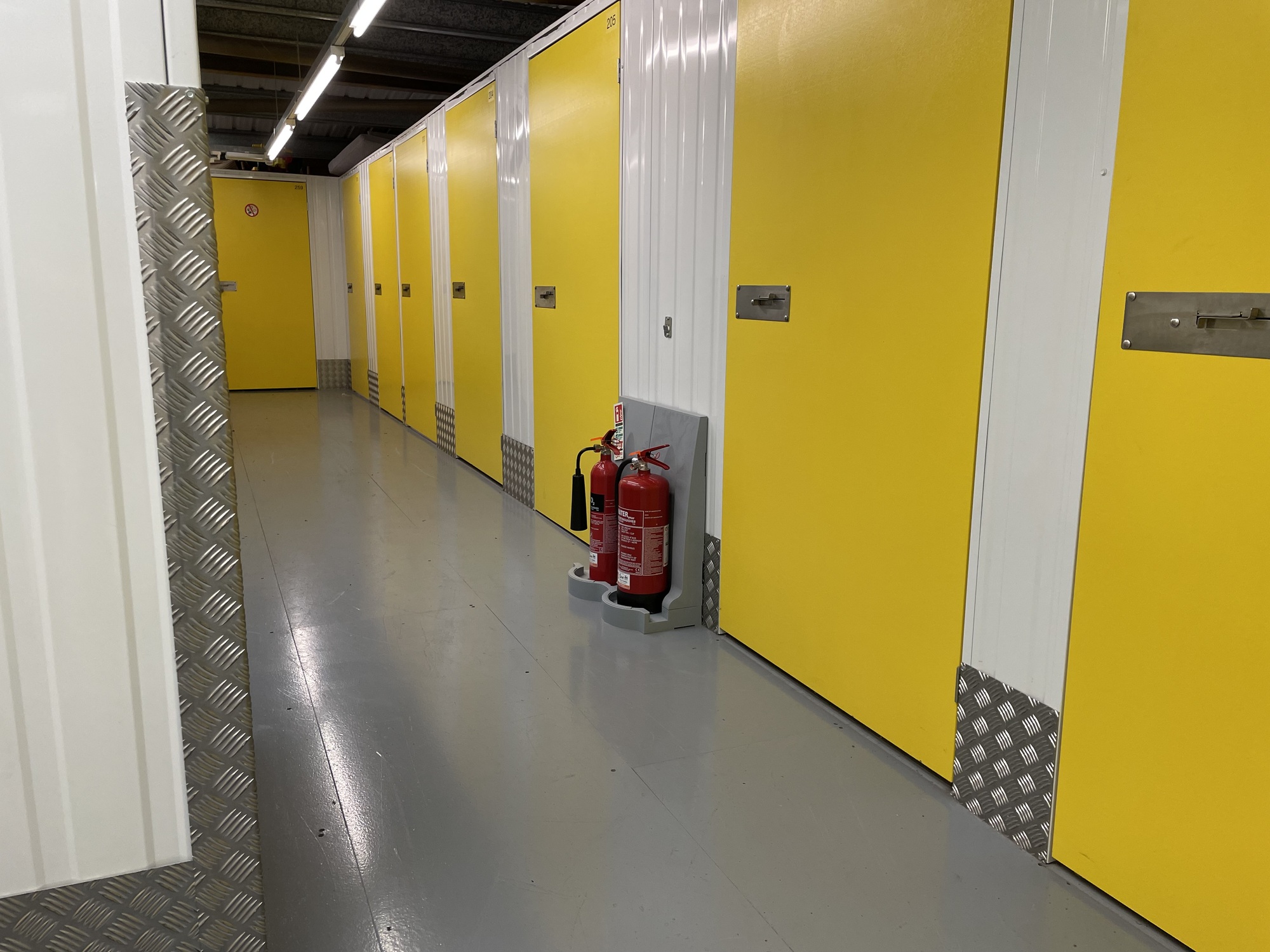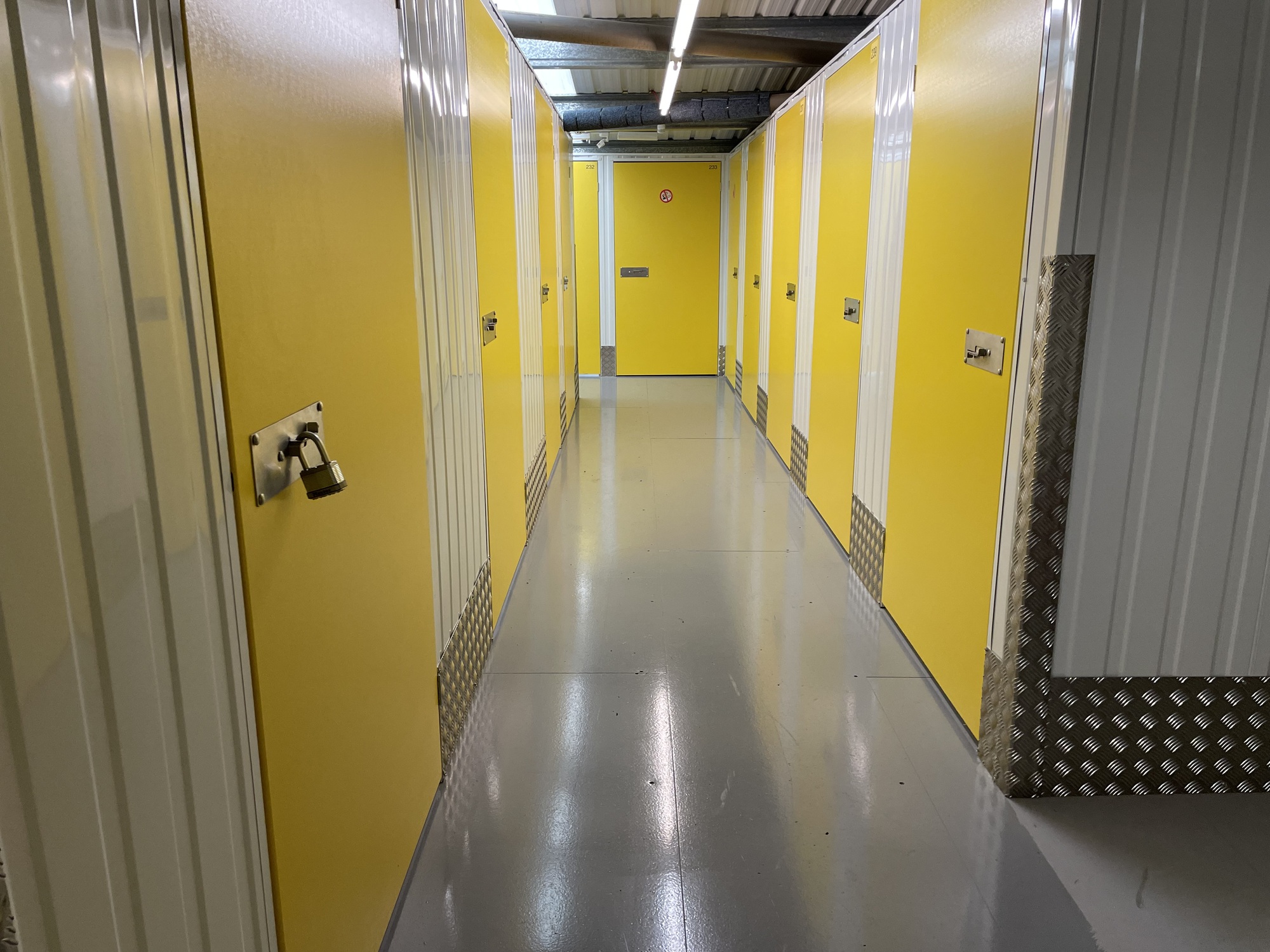The 4 types of self storage
The four types of self storage are Internal Self Storage ( sometimes called Warehouse Storage), Portable container storage, Lock up garages and removals storage ( where removal companies have their own storage facilities)
In this article we look at the types of storage in detail and consider there benefits and disadvantages
Internal Self Storage
This is primarily a large building (typically a warehouse) divided into tens and sometimes hundreds of individual rooms (called ‘units’) of varying sizes. Typical sizes of internal self storage range from 15sqft ( the size of a broom cupboard) up to 300sqft (in which you could store the contents of a 4 bedroom house).
Internal self storage facilities fall into two broad categories:
- New-build: modern, purpose-built facilities. These benefit from being able to offer consistent sized units without any issues of access
- Conversions: large, older buildings, converted into storage units, which have to be adapted around roofs and existing pillars
Advantages
Specialist internal storage facilities are usually well managed, conveniently located, and secure. They may offer a more comprehensive range of services, such as 24-hour access and large roller doors allowing easy access.
Disadvantages
As you would expect with an internal self storage facility that is dry, safe and secure, where you can be confident to leave your treasured items or valuable stock. Internal self storage is usually the most expensive type of self storage facility.
Frequently Asked Self Storage questions are answered here

Container Storage
Standard ISO metal shipping containers are 8ft (2.43m) wide, 8.5ft (2.59m) high and come in two lengths; 20ft (6.06m) and 40ft (12.2m) offering up to about 320 square feet of storage space. Extra tall shipping containers called high-cube containers are available at 9.5ft (2.89m) high. Large shipping container are sometimes subdivided into smaller units. These are then parked behind a secure perimeter fence, and often arranged so that customers can park beside them while unloading.
Some companies will deliver storage containers (or “mobile storage units”) to the clients’ business or domestic premises. These can be left on site, or picked up by the company and transported back to their secure compound
Advantages
Container storage is usually considerably cheaper than warehouse storage. Be aware some storage container sites are based on farmland or more remote sites, where access can be messy in wet or wintery conditions.
Disadvantages
Damp is the major disadvantage of containers which depending on what is being stored can be severely detrimental. Exposed containers suffer from the effects of the weather: hot in summer, cold in winter, with the risk of damp in all seasons. Items to be stored need to be suitable for such conditions

Lock Up Garages
Sets of purpose-built garages may be offered as storage units. Their dimensions are not very generous when compared to other types of storage unit, normally having a one-size-fits-all floor area of 124 sq ft.
Advantages
At ground (road) level they offer easy access, you can often drive up to the door (or inside the garage) often found in residential areas. Due to the lack of security and potential for damp they are usually much cheaper than the ‘warehouse’ internal style storage centres.
Disadvantages
The two primary disadvantages are that security may be limited to the quality of the locking mechanism on the garage door. As previously mentioned depending on the quality of the garage, damp can be an issue
Removal Companies Storage ( depositories) – non self storage
Many removal companies have their own storage facilities, often called “furniture depositories”, where they can store their clients’ belongings between moves. These are often large warehouses in suburban or out-of-town locations, with high standards of security and controlled conditions.
Advantages
The removal companies will take charge of transport. They should also be able to offer competitive storage prices as part of their overall removal package.
Disadvantages
Access to your belongings while they’re stored may not be allowed (so you need to be very careful about what you put into storage). Even if this isn’t the case some firms will charge you a fee for each visit, again this might not be an issue for short term storage but if a move is delayed this can be a costly exercise. Removal depositories are likely to be based in very hard-to-reach locations where public access may be restricted.
Checkout Brightfield Business Hub if you are looking for conference or meeting room facilities


